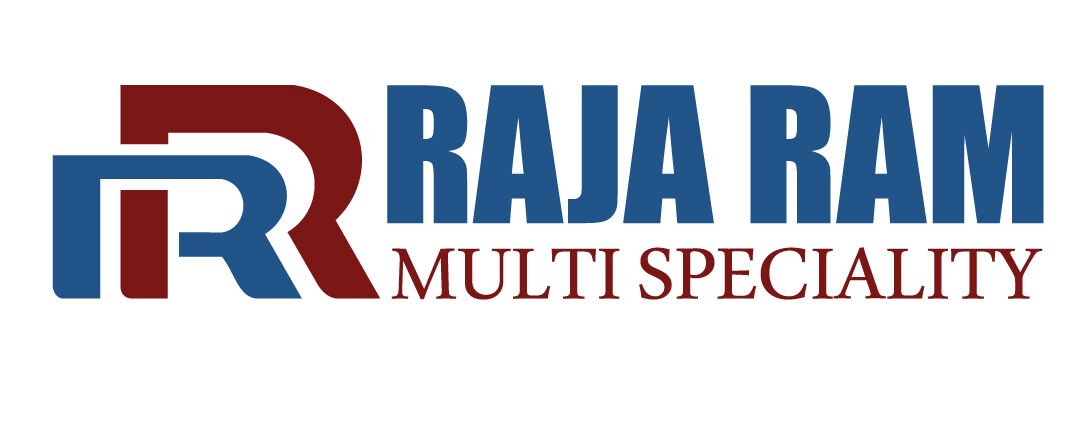
Flexible & RigidOesophagoscopy & Bronchoscopy (Endoscopy) Paediatric ENT
Flexible and rigid oesophagoscopy and bronchoscopy are diagnostic procedures commonly performed in pediatric otolaryngology (ENT) to assess and treat conditions affecting the upper airway, esophagus, and bronchial tubes. These endoscopic techniques allow for direct visualization of these structures, aiding in the diagnosis of various disorders and facilitating interventions when needed.
Flexible Oesophagoscopy:
Flexible oesophagoscopy involves the use of a flexible endoscope to examine the esophagus—the muscular tube connecting the throat to the stomach. In pediatric ENT, this procedure is often performed to evaluate symptoms such as difficulty swallowing, recurrent vomiting, or the presence of foreign bodies.
During the procedure, the flexible endoscope is passed through the nose or mouth and guided down the esophagus. The ability to flex and maneuver the scope allows for a detailed examination of the esophageal lining, identification of abnormalities, and the retrieval of foreign bodies if necessary. Flexible oesophagoscopy is generally well-tolerated, and its flexibility makes it particularly suitable for use in pediatric patients.
Rigid Oesophagoscopy:
Rigid oesophagoscopy involves a rigid, straight instrument that is inserted through the mouth to examine the esophagus. This method allows for a more stable and controlled examination, and it is often utilized for therapeutic interventions, such as the removal of larger foreign bodies or the dilation of strictures.
In pediatric ENT, rigid oesophagoscopy may be employed when more extensive evaluation or interventions are required. While it may be associated with slightly more discomfort than flexible oesophagoscopy, it remains a valuable tool in the management of certain conditions.
Bronchoscopy:
Bronchoscopy involves the examination of the bronchial tubes, which carry air to the lungs. Similar to oesophagoscopy, both flexible and rigid bronchoscopies are used in pediatric ENT.
Flexible Bronchoscopy: This technique employs a flexible endoscope, which can be introduced through the nose or mouth to visualize the bronchial tree. Flexible bronchoscopy is valuable for diagnosing and managing various respiratory conditions in children, including chronic cough, wheezing, or the evaluation of abnormalities detected on imaging studies.
Rigid Bronchoscopy: Rigid bronchoscopy utilizes a straight, rigid tube and is often reserved for more complex procedures, such as removing foreign bodies from the airway, controlling bleeding, or treating certain congenital anomalies.
These procedures play a crucial role in the diagnosis and management of pediatric ENT conditions. They allow for direct visualization, tissue sampling, and therapeutic interventions, contributing to the comprehensive care of children with upper airway and digestive tract issues. In pediatric cases, the choice between flexible and rigid techniques depends on the specific clinical scenario and the required level of examination and intervention. These procedures are generally performed under general anesthesia to ensure the comfort and safety of the child.

